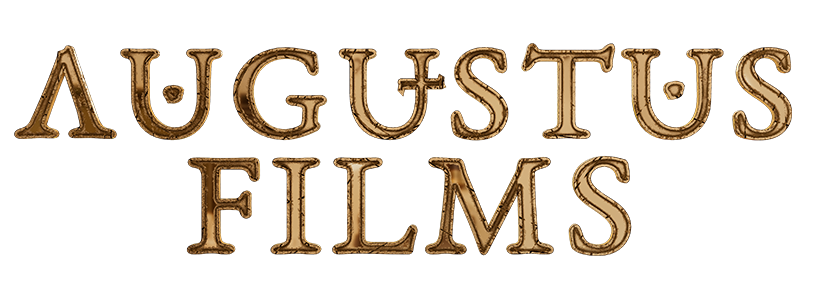Web goes for target weaknesses in website parts such as world wide web applications, articles management devices, and web servers. These types of vulnerabilities allow attackers to reach sensitive facts, introduce vicious code, or compromise the integrity of your website and its solutions.
Web applications are a prevalent goal for internet attacks because of their direct access to backend data. Attackers can exploit these weak points to gain unauthorized access to invaluable information and employ it for economic or different illicit intentions.
Typical attacks include Organized Query Dialect injection (SQLi), cross-site server scripting (XSS), and file upload attacks. In these instances, a destructive attacker directs a piece of shot code to a vulnerable website as part of a web get, such as a mistake message or perhaps search consequence, where the machine executes official statement it. The code then can be used to acquire a user’s data, reroute them to a fraudulent internet site, or trigger other damage.
Other attacks involve eavesdropping, where a undesirable actor captures usernames and passwords or other secret information via unwitting internet users as they connect to a website. Eavesdropping can also appear via man-in-the-middle attacks, which intercept communication among a user’s browser and an online application.
A denial-of-service encounter can be caused by both malicious and non-malicious factors, such as if a breaking report generates targeted traffic that overwhelms the site’s ability to react, resulting in a webpage shutdown for all users. For websites which have been particularly important, such as many dealing with election data or web products and services, any successful compromise or perceived damage could go voter confidence inside the integrity in the election.



